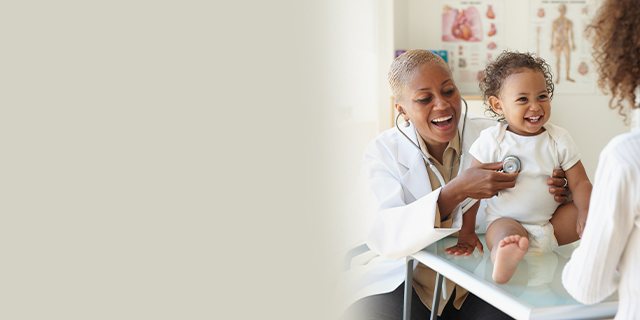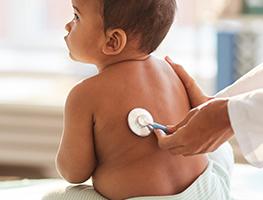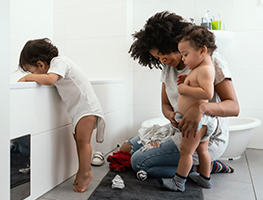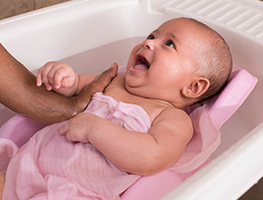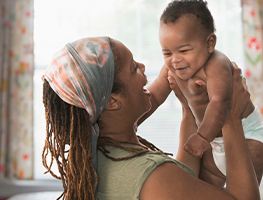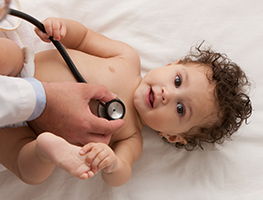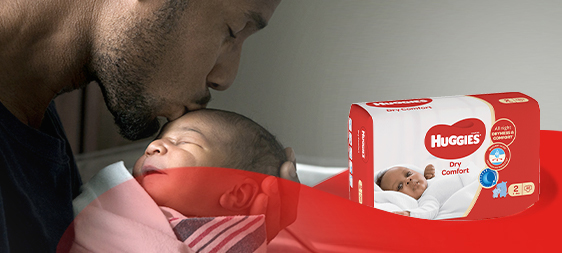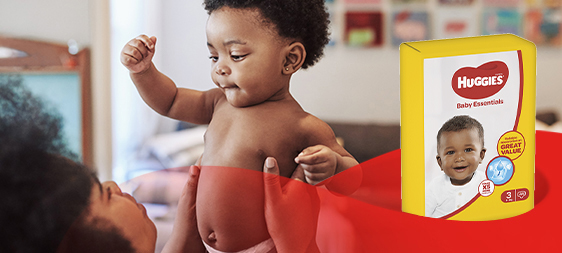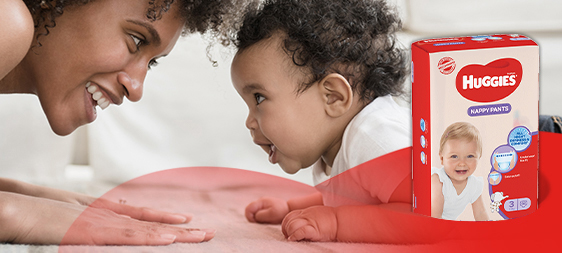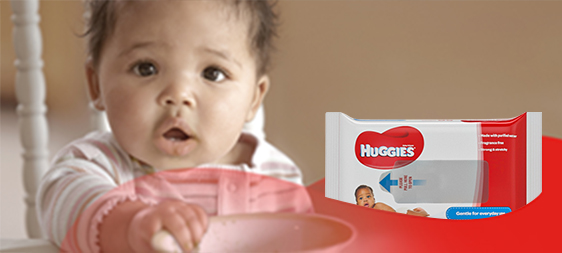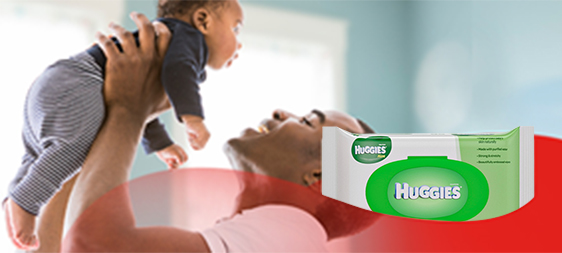Health checks for infants are a way of recording the growth of your baby, so that – should things go wrong – it’s picked up early and treated appropriately. But remember that babies, like adults, come in all shapes and sizes, so when it comes to health checks, please remember that it doesn’t really matter where your child “falls” on the charts that doctors use to record baby’s measurements – they are called Percentile Charts – as long as your baby is thriving and growing, then all is generally well.
At the first examination, usually 6 weeks after your baby was born, your Doctor will measure the height, weight and head circumference of your infant and record it on the Percentile Chart. These will be measured and recorded at each subsequent visit to confirm that your baby is growing normally.
Next up is a head-to-toe physical examination:
Head – your baby’s skull is made up of several bones that are not fully fused to each other, and the gaps between them are known as fontanelles; these will close by the time baby has reached the age of 12 to 18 months. Your doctor will also check out the ears for any sign of infections and may even clap loudly to see if baby responds to loud sounds (sometimes, aptly called the Startle Reflex); and then check the eyes to look for blocked tear ducts and, as time goes on, to see if baby is following movements and light. The mouth is inspected for signs of thrush – a common and easily treatable fungal infection in infants. Where possible, your doctor will also try to check out the soft palate just to make sure that no cleft palate has been missed – though baby does not always cooperate in this process!
Next is the chest – where the lungs and heart will be listened to. It is not uncommon for a heart murmur to be heard, and the good news is that most of these are totally innocent and will disappear as baby grows. If there is any concern, an appropriate referral will be made to a heart specialist.
The next area to check is the abdomen – the umbilicus is examined, a frequent site for hernias, where pieces of fat or intestine bulge from the inside out. Umbilical Hernias will often close of their own accord, but do need to be kept under review until they do. A gentle probe by skilled hands around the abdomen will reveal any abnormally sized internal organs; and then the genitals are checked for signs of possible infection in girls, and un-descended testicles and signs of groin – or inguinal – hernia in the case of boys.
Then it’s onto the hips – to look for a condition known as Congenital Dislocation of the Hips, and this is done painlessly by gently manipulating the joints to feel for a “click” – no click, no worries! Finally, a quick flip-over to check the back and look for dimpling at the lower end of the spine which may suggest the presence of Spina Bifida Occulta – this is a minor form of the more debilitating Spina Bifida condition, but still needs specialist attention.
All the while the doctor will be reviewing the skin to look for abnormal blemishes and rashes that may be a sign of future skin disease. They will also be asking questions, depending on the age of your infant, such as:
Does your baby move their head?
Does your baby respond to noises?
Does your baby follow you with their eyes?
Does your baby put fingers in their mouth?
Does your baby roll onto their stomach?
And it is also a time when you can ask questions too, so make a list. Often there is so much going on at this first visit, and it’s difficult to remember everything you promised yourself you were going to ask! Also, don’t be afraid to tell your doctor if you’re finding it difficult to cope – a very common scenario with multiple births – or if you’re having feeding difficulties or nipple soreness. Everyone is on your side because everyone wants you and baby to thrive in the best possible way, so be open and be honest.
Finally, 6 weeks marks the beginning of the Immunisation process, so remember to stay relaxed, hold your baby close to you and talk to him: if you use a dummy, then make sure you don’t leave it in the car!
This is the beginning of the long career we call parenthood: there is no “Instruction Manual”, so it takes a team to ensure that your child has the very best opportunity in life. The medical part of the team is there to help and support you – don’t be afraid to use them!

